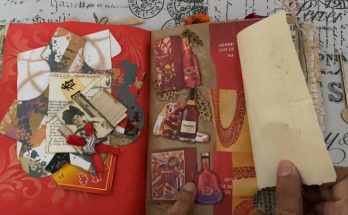27th September 2023
By Sharmini Jayawardena
I said I was not going to do anymore dying with fruit peel, well, I meant tropical fruit peel. The main reason being that they are seasonal. (The mangosteen better keep producing as I need one for a journal photo shoot).
So, here I am showing you how I proceeded with harvesting orange dye. It actually had that distinct orange juice fragrance to it. Yummy. I had to say that, though I promised myself not to. Coz there are many journaling artists out there using that word. I wasn’t about to utter the word in case it sounded too much like a cliche.
I peeled a nice round orange and even removed all of the pith or the white part from the peel.
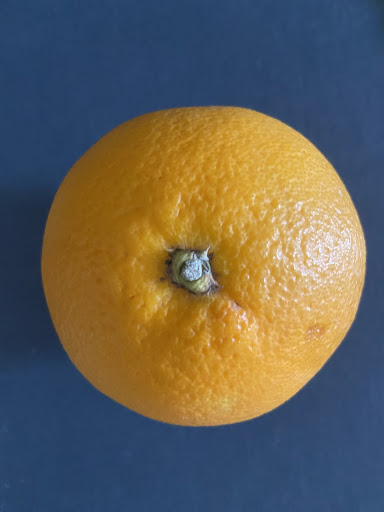
I placed the peel in my saucepan and added water to cover the peel. I brought it to a boil through a process of simmering it.
Once I felt I had harvested as much dye as I could, I strained it into an aluminum tray that I use for dying. Thereafter I dunked the paper in the dye solution and kept it in the dye, overnight.
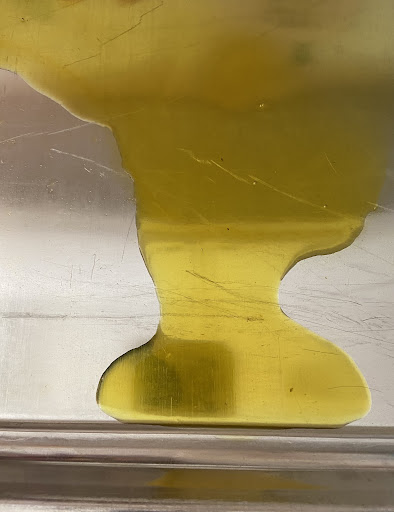
The following morning I held the paper up, so the excess dye could drain out. I then placed it on a towel I use for this purpose, with the fan running, so the paper dries out.
After the paper had completely dried out on a towel meant for this purpose, I placed it on a tray like so 
UPDATED on 6th November 2023: After the dyed paper is completely dry, many, many days later, it is advisable to pain it over with Ethanol to prevent mold or mildew from setting, if ever.
This is how it looks:
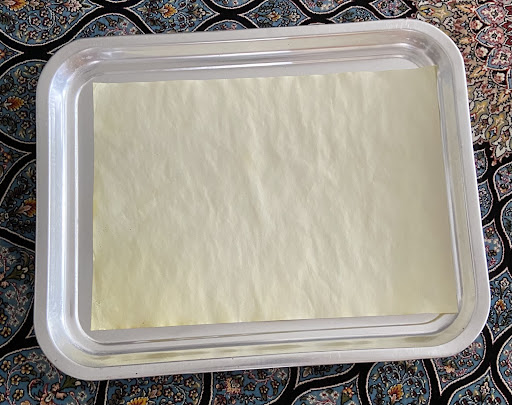
The color is a brighter yellow than what the dragon fruit peel yielded.
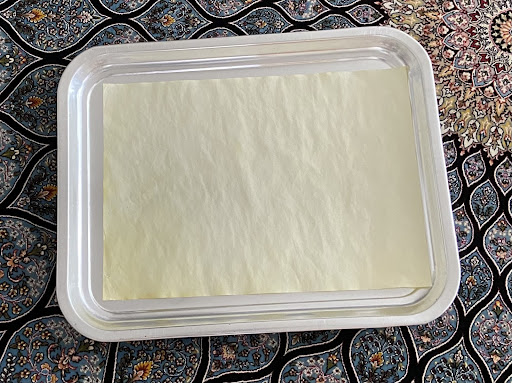
This is the remaining orange peel after the dye was extracted:
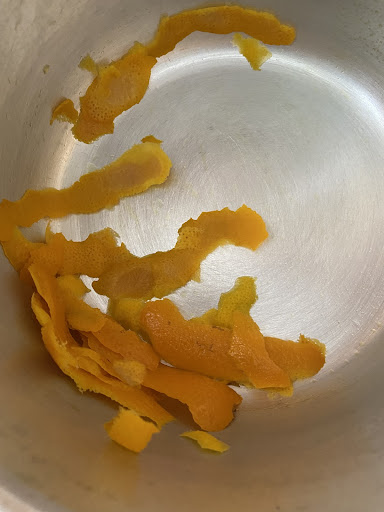
Amazing what the peel of an orange can yield for you.



